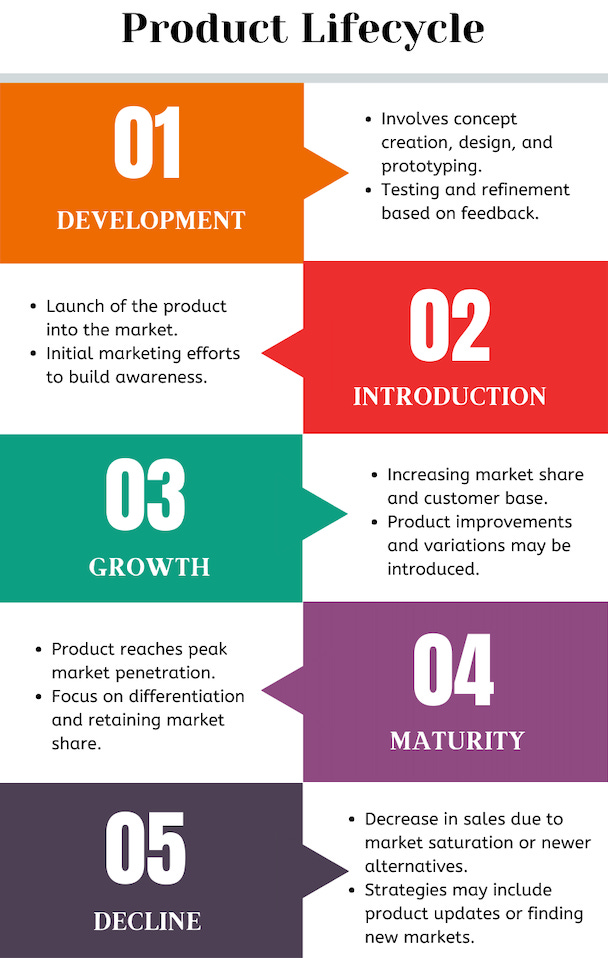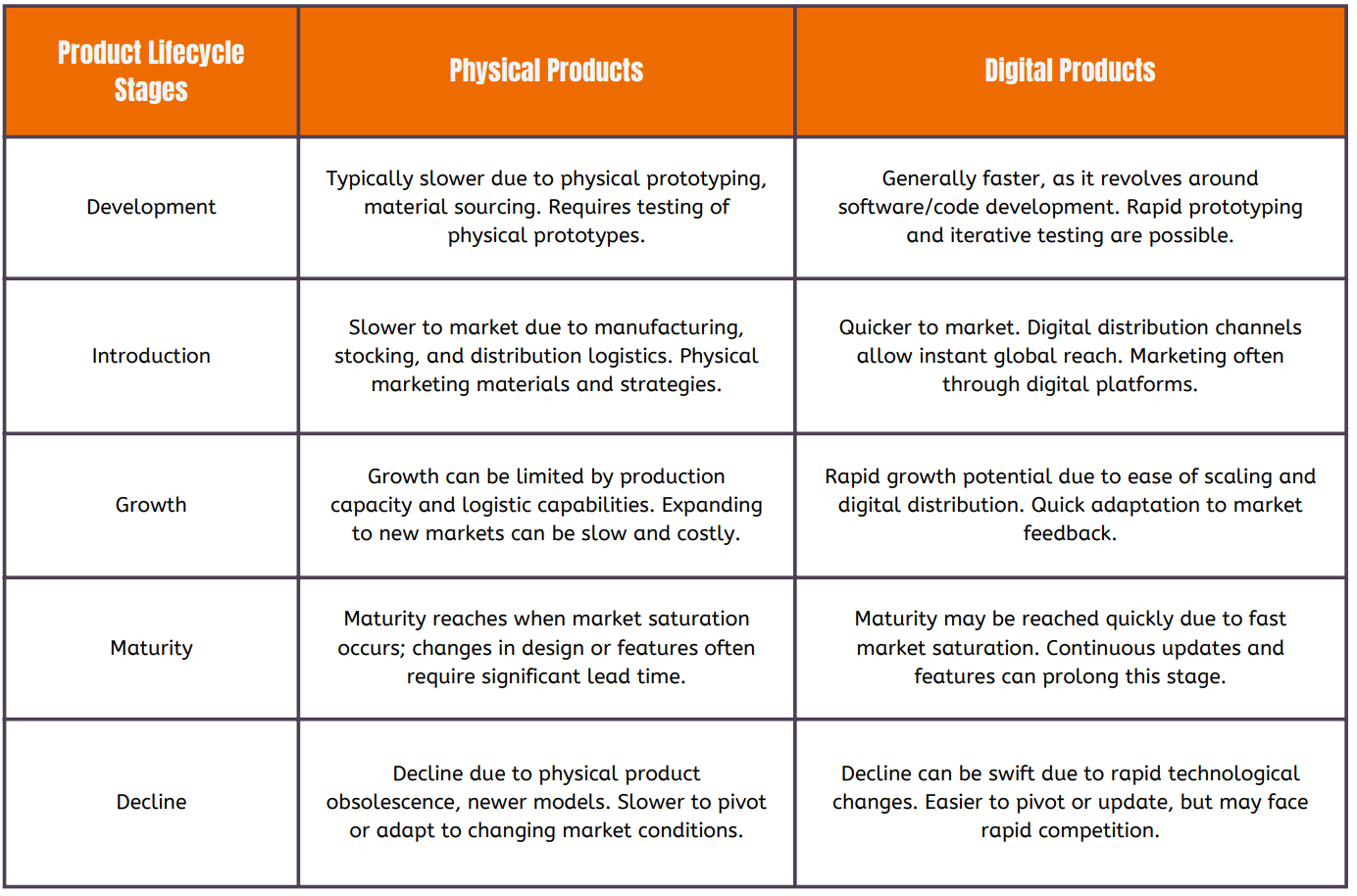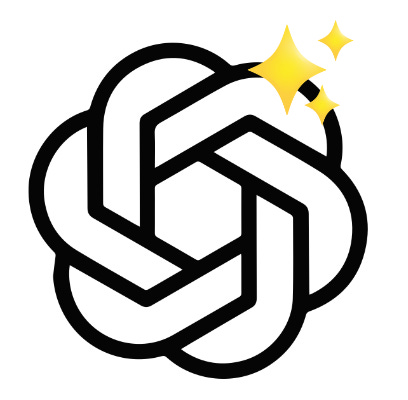🚀 Product Lifecycle, Explained!
Let's review the key milestones of a product's lifecycle. We make the distinction between physical and digital products, using the case of Apple's iPhone and that of ChatGPT.
Let’s imagine for a second that you are a product manager or thinking about launching a product. As a product manager, you constantly need to think strategically and be forward-looking, anticipating the different phases your product will have to go through from conception to market and beyond. 💫
And as you build your product strategy, you want to maximize the chances of your product’s success over time. You want it to grow and prosper continuously. To do this, having a clear understanding of your product’s lifecycle is essential and should already be engrained in your mind as you move forward.
A product lifecycle refers to the stages that a product goes through from its conception all the way to its withdrawal from the market. It is a framework that helps you manage and strategise around your products effectively.
The lifecycle of a product is typically divided into five stages: development, introduction, product-market fit (PMF), growth, maturity, and decline. Let’s go through each one of those :
DEVELOPMENT: During the first stage, you seek to strategically develop a product that is feasible, desirable, viable, and sustainable. This is the point where you are doing product discovery, strategizing, and pivoting if necessary. The entire focus is on the product's conception, market research, and prototyping. No sales are made yet, and costs are typically high.
INTRODUCTION: The second stage comes immediately after launch. Your objective here is to achieve product-market fit (PMF) and experience growth as quickly as possible. This is your opportunity to track how your product is performing, and how much value it creates, and to catch signals indicating that you need to adjust. This stage is probably the most expensive, as you still have a small market and low sales.
GROWTH: The product starts to gain market acceptance, and sales and profit with economies of scale increase significantly. Businesses often focus on promotion, enhancing product features, and expanding distribution during this phase. This is also called the “Take Off Stage”.
MATURITY: The product maxes out its sales during the maturity stage. Your aim at this point is to maintain the market share you have built. This is where you have to carefully consider what your business should invest in to keep a competitive advantage.
DECLINE: Eventually, the product faces declining sales and profits. This could be due to market saturation, technological advancements, changing consumer preferences, or increased competition. Companies might discontinue the product, sell it, or try to rejuvenate it by adding new features or repositioning it in the market.
The most classic case used to illustrate product lifecycle is the success of Apple’s iPhone. But you can apply this model to any product at any stage, really.
The iPhone is a physical product, but the same lifecycle model can be used to describe digital products. However, there are some major differences between the two. Digital products will likely demonstrate greater speed at every stage.
Let’s do an exercise and take the example of ChatGPT 3+4. Here’s what we could write down today, given what we have observed and typically can expect from this type of disruptive technology in generative AI.
Development: Extensive research and development was conducted by OpenAI. This includes the training process of the generative AI model using supervised learning. At this point, there are no users and the focus is on building a great product.
Introduction: ChatGPT-3 is introduced to the world with its first release in November 2022. The introduction stage first saw gradual user growth as more people discovered its potential. OpenAI invested in a wide outreach to inform the public and potential users about ChatGPT's capabilities.
Growth: ChatGPT quickly cumulated a significant number of users thanks to its generative model and multipurpose capabilities. In the meantime, OpenAI keeps on refining ChatGPT’s model and features, addressing user feedback, and expanding its functionalities.
Today, ChatGPT seems to be standing somewhere between the Growth and Maturity stages, if not already in the latter. Here’s what we could predict for the upcoming months and years.
Maturity: Maturity for ChatGPT is characterized by a stabilization in user growth and widespread acceptance of the technology. OpenAI would need to invest efforts in maintaining a competitive advantage as other competitors bring to the table similar if not better generative AI models (Google Bard, Claude…). This could imply a greater focus on specialized applications or efficiency improvements.
Decline: Given that ChatGPT is a disruptive technology that has yet to demonstrate all of its potential, we cannot firmly say what its decline would look like. If we stick to a macro level, we could say ChatGPT’s decline could occur if new advancements in AI render its technology obsolete.
Product lifecycle management has been around for some time now. It is used in a large set of activities: marketing, business strategy and management, finance, tech, manufacturing… This is all the more reason to be familiar with it and to integrate it into your product strategy wisely.
References
Exploit the product life cycle. Harvard Business Review. (2023, August 24). https://hbr.org/1965/11/exploit-the-product-life-cycle
Kopp, C. M. Product life cycle explained: Stage and examples. Investopedia. https://www.investopedia.com/terms/p/product-life-cycle.asp
Product life cycle stages. https://productlifecyclestages.com/
Pichler, R. (2016). Strategize: Product strategy and product roadmap practices for the Digital age. Pichler Consulting.





